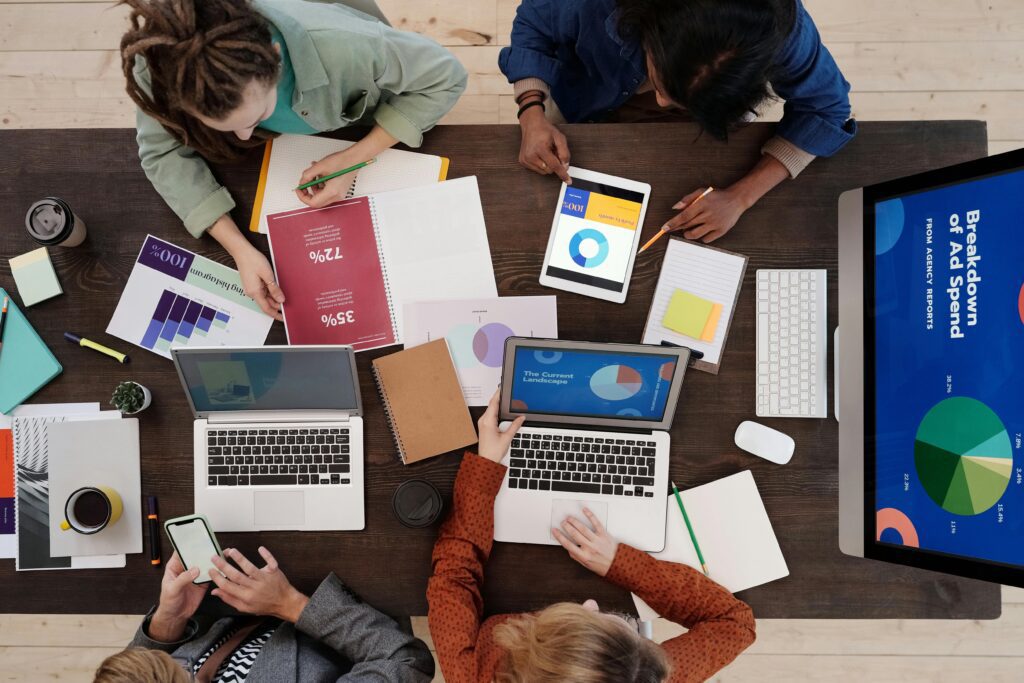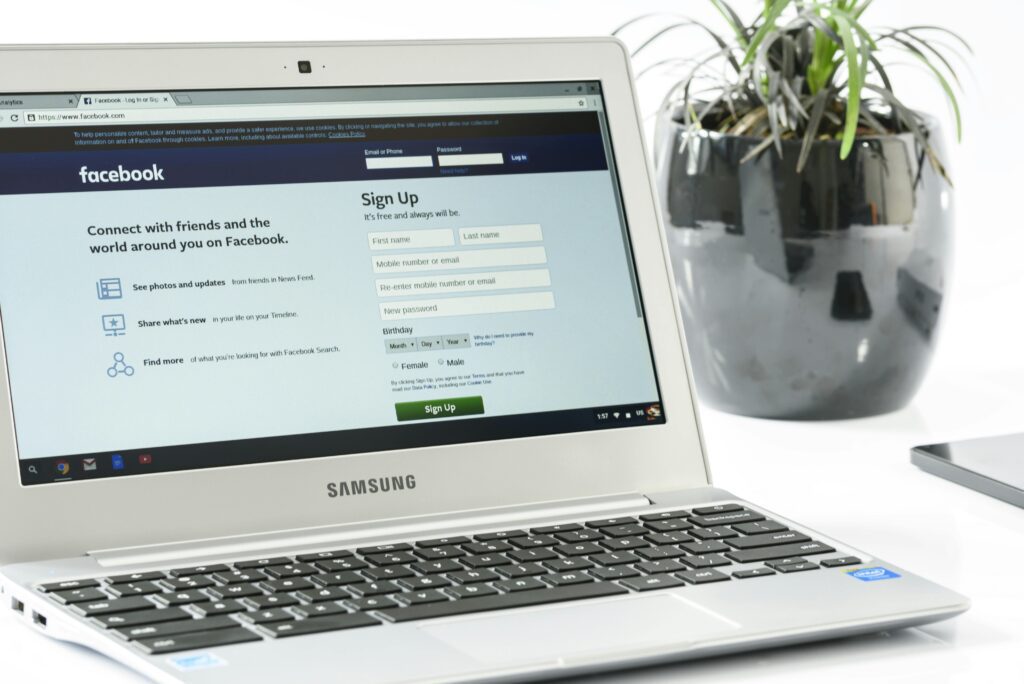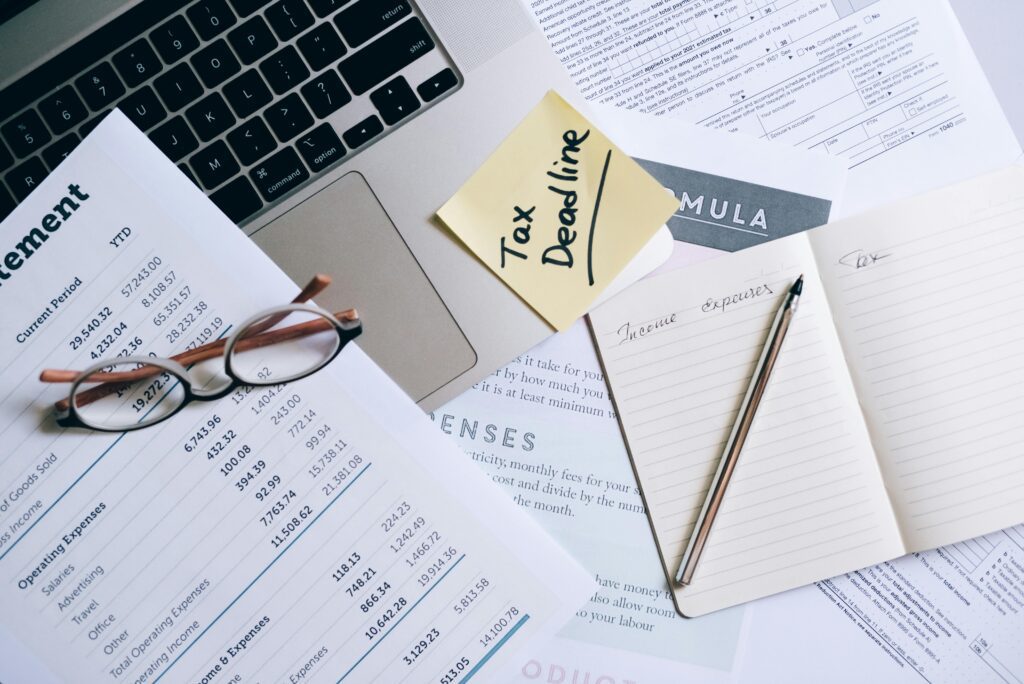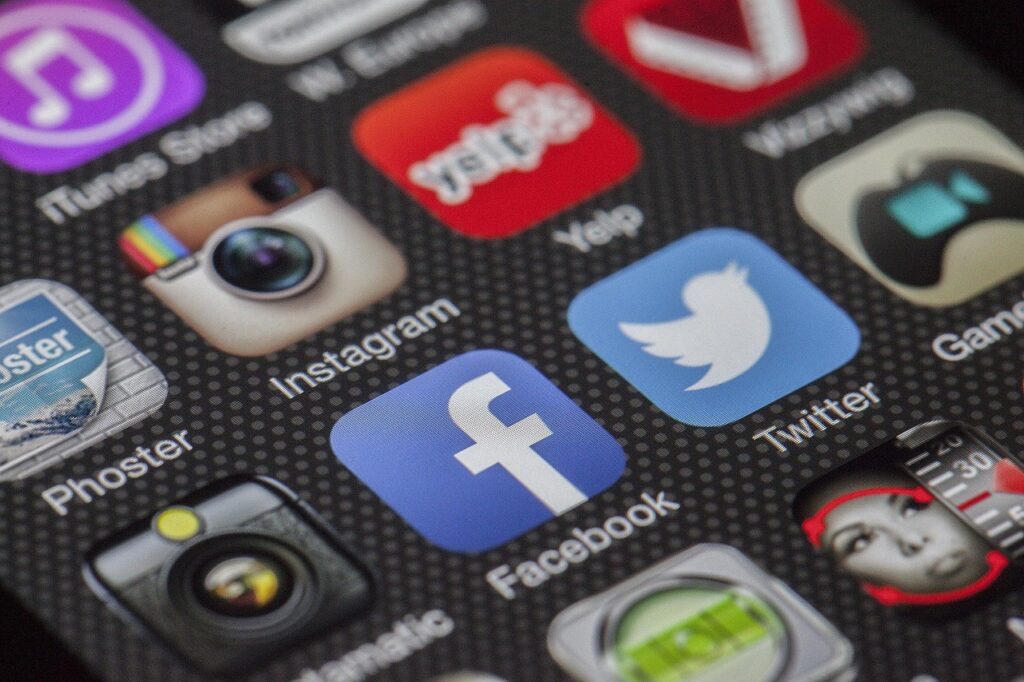In today’s digital marketing landscape, timing isn’t just important—it’s everything. While you’re sleeping, your competitors might be nurturing leads, following up with prospects, and converting customers through sophisticated behavioral email triggers . Recent studies show that trigger-based emails generate 152% higher open rates and 300% higher click-through rates compared to standard promotional campaigns[1]. This dramatic performance difference isn’t coincidental—it’s the direct result of delivering the right message to the right person at precisely the right moment.
What Are Internal Workflows Triggered by Subscriber Actions?
Internal workflows triggered by subscriber actions are automated sequences of marketing activities that execute in response to specific behaviors, actions, or events performed by your subscribers. Unlike traditional batch-and-blast campaigns that send the same message to everyone at a predetermined time, these dynamic workflows deliver personalized content based on individual subscriber engagement.
At their core, these workflows consist of three fundamental components: triggers, conditions, and actions. Triggers are the specific subscriber behaviors that initiate the workflow, such as signing up for a newsletter, clicking a link in an email, or abandoning a shopping cart. Conditions are filters that determine whether a subscriber should continue through the workflow based on criteria like location, past purchase history, or engagement level. Actions are the marketing responses that occur when triggers and conditions are met, such as sending an email, updating a contact record, or notifying your sales team[5].
The power of these workflows lies in their ability to create personalized, timely interactions that feel relevant to each subscriber’s unique journey—essentially functioning as an always-on digital assistant that never sleeps, never forgets to follow up, and customizes every interaction based on real-time behavior[1].
Why Internal Workflows Triggered by Subscriber Actions Matter
In an era where consumers are bombarded with marketing messages, relevance and timing have become the critical differentiators between campaigns that convert and those that are ignored. Automated workflows triggered by subscriber actions deliver on both fronts, making them indispensable to modern digital marketing strategies.
The data supporting their effectiveness is compelling. Triggered emails show an impressive 38.03% open rate and 6.76% click-through rate, significantly outperforming traditional email campaigns[6]. They’re also less likely to be marked as spam and see the lowest unsubscribe rates among all email types[6]. This performance advantage translates directly to business outcomes, with businesses using marketing automation enjoying 25% higher revenue than those that don’t[7].
Beyond performance metrics, these workflows address several critical business challenges. According to Nucleus Research, marketing automation drives a 14.5% increase in sales productivity while simultaneously reducing marketing overhead by 12.2%[7]. This dual benefit of increased effectiveness and operational efficiency makes automated workflows particularly valuable in today’s resource-constrained marketing environments.
Perhaps most importantly, VentureBeat research found that 80% of marketing automation users saw their number of leads increase, and 77% experienced higher conversion rates[7]. This comprehensive impact across the entire marketing funnel—from awareness to conversion—explains why an overwhelming 90% of the world’s top marketers agree that marketing automation is very important to their success.
The Psychology Behind Internal Workflows Triggered by Subscriber Actions
The remarkable effectiveness of subscriber-triggered workflows isn’t just about technology—it’s deeply rooted in fundamental psychological principles that influence human behavior and decision-making. Understanding these principles helps explain why these workflows consistently outperform traditional marketing approaches.
The Principle of Perfect Timing
The psychological concept of “temporal relevance” explains why triggered workflows are so effective. When someone abandons their cart, they’re still in buying mode—they just need a gentle nudge. When a new subscriber joins your list, they’re at peak engagement and receptivity to your brand story[1]. Subscriber-triggered workflows capitalize on these psychological windows of opportunity, delivering content precisely when the recipient is most primed to engage with it.
This timing advantage leverages the psychological principle of “cognitive fluency”—the human tendency to prefer information that’s easy to process mentally[8]. When marketing messages arrive at moments of high relevance (like immediately after a website visit or product browse), they require less mental effort to process, increasing the likelihood of positive response[8]. This explains why welcome emails have an extraordinary 86.03% open rate compared to the average email open rate of 22.02%[6].
The Power of Personalization
Subscriber-triggered workflows tap into what psychologists call the “cocktail party effect”—our natural tendency to pay attention when we hear something personally relevant. Using names in subject lines or referencing past purchases triggers this psychological response, making subscribers far more likely to engage with emails that feel tailored to their specific interests and behaviors.
This personalization effect is amplified by the “endowment effect”—the psychological tendency to value things more highly when we feel a sense of ownership over them[9]. With subscriber-triggered workflows, having continuous access to personalized content fosters a sense of ownership and familiarity that increases perceived value. Even though subscribers are merely paying for access, they often develop a sense of “owning” the entire experience, strengthening their connection to your brand.
How Internal Behavioral Email Triggers Work
Creating effective subscriber-triggered workflows involves a systematic process that transforms subscriber behaviors into meaningful marketing interactions. Let’s break down this process into its essential steps:
Step 1: Define Your Trigger Events
The workflow begins by identifying specific subscriber actions that will initiate the automation sequence. Common trigger events include form submissions (when someone signs up for your newsletter), email engagement (opening an email or clicking a specific link), website behavior (visiting a pricing page), or transaction-related actions (making a purchase or abandoning a cart). For example, Chase Dimond’s high-converting welcome series begins when a new subscriber joins his list, automatically sending a sequence that thanks them and sets expectations for future communications.
Step 2: Establish Conditional Logic
Once triggered, the workflow applies conditional logic to determine how subscribers should progress through the sequence. These conditions act as filters, ensuring subscribers receive only relevant content based on their specific characteristics or behaviors. For instance, in Dimond’s workflow, he asks subscribers about their business type (e-commerce brand, SaaS company, agency, etc.) and tags their profiles accordingly. This segmentation ensures that agency owners receive content about growing an agency, while fitness influencers receive content about building a fitness following.
Step 3: Design the Action Sequence
After establishing triggers and conditions, the next step is designing the sequence of marketing actions that will execute when conditions are met. These actions might include sending emails, updating contact records, notifying team members, or moving subscribers to different segments. The key is creating a logical progression that guides subscribers toward a specific goal. For example, a product onboarding workflow might send a welcome email with a getting started guide on day zero, highlight key features on day two, share success stories on day four, and offer support on day seven—all designed to drive product adoption.
Step 4: Implement Timing and Delays
Effective workflows incorporate strategic timing between actions to create a natural, non-overwhelming experiences. Rather than sending multiple emails back-to-back, which can feel automated and impersonal, well-designed workflows include appropriate delays between communications. For example, instead of immediately sending a scheduler invitation after a questionnaire, you might configure the workflow to wait until the subscriber completes the questionnaire before sending the next communication. This thoughtful spacing creates a more authentic experience while giving subscribers time to engage with each piece of content.
Step 5: Analyze and Optimize
The final step in the workflow process is continuous monitoring and refinement based on performance data. By tracking metrics like open rates, click-through rates, conversion rates, and workflow completion rates, marketers can identify bottlenecks or opportunities for improvement. For instance, if you notice that many subscribers drop off at a particular step in the sequence, you might test different messaging, adjust timing, or simplify the requested action to improve flow-through. This data-driven optimization ensures your workflows become increasingly effective over time.
Why Internal Workflows Behavioral Email Triggers Are Effective
The exceptional performance of subscriber-triggered workflows stems from several interconnected factors that collectively create a more relevant, timely, and personalized marketing experience.
Increased Relevance and Personalization
Subscriber-triggered workflows deliver content that’s inherently more relevant because it’s based on actual subscriber behavior rather than assumptions or demographic profiles. This behavioral targeting ensures that communications align with each subscriber’s demonstrated interests and needs. For example, when a subscriber clicks on a link about intermediate French language resources, they can be automatically added to a segment for intermediate learners and receive content specifically designed for their proficiency level[4]. This relevance dramatically increases engagement, with personalized emails delivering 6x higher transaction rates than generic messages.
Perfect Timing and Contextual Awareness
Unlike scheduled campaigns that arrive at arbitrary times, subscriber-triggered workflows deliver messages at moments of peak relevance—when subscribers have just taken an action related to your brand. This perfect timing capitalizes on what marketers call “micro-moments”—brief windows when consumers are most receptive to brand messages. For instance, welcome emails sent immediately after signup achieve 86.03% open rates because they arrive precisely when subscriber interest is highest[6]. Similarly, abandoned cart emails sent within an hour of cart abandonment recover 20% more revenue than those sent later, demonstrating the critical importance of timing[15].
Reduced Cognitive Load for Subscribers
Well-designed subscriber workflows minimize the mental effort required from recipients by delivering information in logical, digestible sequences. Rather than overwhelming subscribers with all information at once, these workflows break content into meaningful chunks delivered at appropriate intervals. This approach leverages the psychological principle of reduced cognitive load—making it easier for subscribers to process and act on your communications. For example, a new customer onboarding sequence might first introduce basic features, then gradually introduce more advanced capabilities as the user becomes more familiar with the product, creating a learning curve that feels natural and manageable.
Operational Efficiency and Scalability
Beyond their marketing effectiveness, subscriber-triggered workflows dramatically improve operational efficiency by automating repetitive tasks that would otherwise require manual intervention. This automation allows marketing teams to scale their personalized communications without proportionally increasing workload or headcount. According to Zendesk, this efficiency benefit extends beyond marketing to improve overall organizational effectiveness, with workflow automation streamlining or eliminating repetitive tasks so staff can prioritize more impactful activities. This scalability advantage is particularly valuable for growing businesses that need to maintain personalized communications while expanding their subscriber base.
How to Implement Behavioral Email Triggers
Implementing effective subscriber-triggered workflows requires thoughtful planning and execution. Follow these steps to create workflows that deliver results:
Step 1: Define Clear Workflow Goals
Begin by establishing specific, measurable objectives for each workflow[10]. Every workflow should be tied to a concrete business outcome—whether it’s streamlining client onboarding, nurturing leads, driving product adoption, or reactivating dormant subscribers. For example, a welcome series might aim to increase new subscriber engagement by 30%, while an abandoned cart workflow might target a 15% recovery rate. These clear goals will guide your design decisions and provide benchmarks for measuring success.
Step 2: Map Your Subscriber Journey
Before building workflows, map the ideal journey you want subscribers to take. Identify key touchpoints, potential friction points, and moments where automated communications would be most valuable. This mapping should consider both the subscriber’s needs and your business objectives at each stage. For instance, a new subscriber journey might include welcome content, educational resources, social proof, and eventually a soft conversion offer—all sequenced to build trust and engagement before asking for a purchase.
Step 3: Select the Right Automation Platform
Choose a workflow automation platform that aligns with your specific needs and technical capabilities. Leading options include HubSpot, which offers robust workflow capabilities for both marketing and sales processes; Mailerlite, which provides user-friendly automation tools specifically designed for email marketing; and ActiveCampaign, which excels at complex, multi-channel workflow automation. When evaluating platforms, consider factors like ease of use, integration capabilities, scalability, and pricing structure. For organizations with limited technical resources, no-code platforms like Activepieces offer intuitive visual builders that make workflow creation accessible to non-technical users.
Step 4: Design Trigger-Based Workflow Logic
Create the logical structure of your workflows by defining triggers, conditions, and actions. Start with the initial trigger event (such as form submission, email click, or page visit), then establish conditional logic to determine how subscribers should progress through the sequence[19]. For example, you might create a workflow triggered when subscribers click a link in your newsletter, then branch the sequence based on whether they’ve previously purchased from you. This conditional logic ensures each subscriber receives the most relevant content based on their specific characteristics and behaviors.
Step 5: Craft Compelling Content
Develop the actual content that will be delivered through your workflows, ensuring each piece aligns with your overall goals while addressing the subscriber’s needs at that specific moment[11]. For welcome sequences, this might include introductory content, educational resources, and social proof. For re-engagement workflows, it might involve special offers or exclusive content to recapture attention. Regardless of workflow type, focus on creating value-driven content that helps subscribers achieve their goals while subtly advancing your marketing objectives.
Step 6: Implement Strategic Timing
Establish appropriate timing between workflow steps to create a natural, non-overwhelming experience. Rather than sending multiple communications in rapid succession, incorporate thoughtful delays based on subscriber behavior and content type. For example, a welcome sequence might send an immediate confirmation email, wait two days before sending educational content, then wait another three days before introducing product features. This strategic spacing improves the subscriber experience while giving recipients time to engage with each communication.
Step 7: Test, Measure, and Optimize
Before fully launching your workflows, conduct thorough testing to ensure all components function as expected. Send test emails, verify that conditional logic works correctly, and confirm that tracking is properly implemented. Once live, continuously monitor performance metrics like open rates, click-through rates, conversion rates, and workflow completion rates. Use these insights to identify opportunities for improvement, such as refining messaging, adjusting timing, or simplifying requested actions. This ongoing optimization ensures your workflows become increasingly effective over time.
Best Practices for Maximizing Workflow Effectiveness
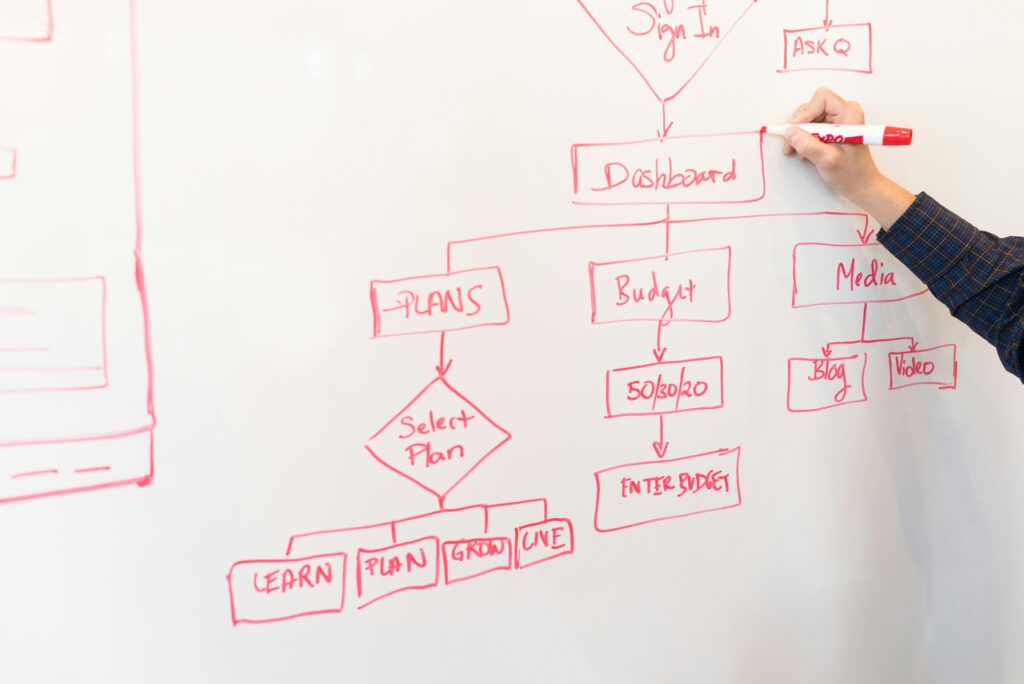
To get the most from your subscriber-triggered workflows, incorporate these proven best practices into your implementation:
Focus on Value-Driven Content
The most effective workflows deliver genuine value to subscribers at each step, rather than simply promoting products or services. For example, Chase Dimond’s welcome series focuses first on providing valuable information and building relationships before introducing any offers. This value-first approach builds trust and engagement, making subscribers more receptive when you eventually present conversion opportunities. Consider what information, resources, or experiences would be most helpful to subscribers at each stage of their journey, then design your workflows to deliver that value.
Implement Progressive Profiling
Rather than asking for all information upfront, use your workflows to gradually build subscriber profiles over time[11]. Each interaction can collect small pieces of additional information that help you better understand and serve each subscriber. For instance, Dimond’s workflow asks subscribers about their business type in an early email, then uses that information to deliver more relevant content in subsequent communications[11]. This progressive approach feels less intrusive to subscribers while providing you with valuable segmentation data that improves personalization.
Use Specific Triggers to Avoid Overwhelming Subscribers
Design your workflows with specific, behavior-based triggers rather than time-based sequences to create more natural communication patterns. For example, instead of automatically sending a scheduler invitation immediately after a questionnaire, configure your workflow to wait until the subscriber completes the questionnaire before sending the next communication. This approach prevents overwhelming subscribers with too many messages at once while ensuring each communication feels contextually relevant to their recent actions.
Combine Actions to Streamline the Subscriber Experience
Look for opportunities to consolidate workflow steps to create a more efficient subscriber experience[13]. For instance, if your onboarding sequence introduces new clients to their portal and asks them to complete an intake questionnaire, you can accomplish this with two workflow actions instead of three[13]. First, activate the portal, then combine the next steps by sending a single email that includes both the questionnaire link and portal access instructions. This streamlining creates a cleaner experience for subscribers while reducing the total number of communications.
Continuously Test and Optimize
Treat your workflows as living assets that require ongoing refinement rather than static sequences that are set once and forgotten. Regularly analyze performance metrics to identify opportunities for improvement, and implement A/B testing to compare different approaches. For example, you might test different subject lines, content formats, or timing intervals to see which variations drive the highest engagement. This culture of continuous optimization ensures your workflows remain effective as subscriber preferences and behaviors evolve over time.
Conclusion
Internal workflows triggered by subscriber actions represent one of the most powerful tools in the modern marketer’s arsenal. By delivering the right message to the right person at precisely the right moment, these automated sequences create personalized experiences that drive engagement, conversions, and loyalty.
The data supporting their effectiveness is compelling—from 152% higher open rates and 300% higher click-through rates compared to standard campaigns[1], to significant improvements in operational efficiency and scalability[16]. These performance advantages explain why 90% of top marketers consider marketing automation essential to their success[7].
As you implement subscriber-triggered workflows in your own marketing strategy, remember that their power lies not just in the technology, but in the thoughtful application of psychological principles and customer-centric design. Focus on creating value-driven sequences that respond intelligently to subscriber behavior, and continuously refine your approach based on performance data.
In a digital landscape where consumer attention is increasingly fragmented and expectations for personalization continue to rise, the brands that thrive will be those that master the art and science of delivering perfectly timed, contextually relevant experiences. Subscriber-triggered workflows provide the framework for creating these experiences at scale—turning subscriber actions into meaningful marketing moments that drive business results.
Frequently Asked Questions About Behavioral Email Triggers for E-commerce
What are behavioral email triggers and how do they work for e-commerce?
Behavioral email triggers are automated emails sent in response to specific customer actions or behaviors on your e-commerce site. Unlike traditional batch emails, these messages are triggered by individual user activities such as browsing products, abandoning carts, or making purchases. The system automatically recognizes these actions as triggers and sends relevant, personalized emails at precisely the right moment. According to recent data, triggered emails generate 10 times greater revenue than other marketing email types while representing only 3% of email volume but driving 16% of email revenue [1][2]. These automated workflows create timely, contextual communications that feel more like conversations than marketing, resulting in significantly higher engagement and conversion rates compared to standard campaigns.
How much more effective are behavioral email triggers compared to traditional email campaigns?
Behavioral email triggers dramatically outperform traditional batch campaigns across all key metrics. Recent studies show triggered emails achieve 70.5% higher open rates and 152% higher click-through rates than standard marketing messages [5][6]. The conversion impact is even more impressive, with automated emails delivering 2,361% better conversion rates than regular scheduled campaigns [2]. For e-commerce specifically, retailers utilizing behavioral segmentation in automated email workflows see a 760% increase in revenue compared to one-size-fits-all campaigns [7]. This performance advantage stems from the perfect timing and relevance of triggered messages, which arrive precisely when customers are most engaged with your brand, creating a personalized experience that drives action rather than interruption.
What are the most effective types of behavioral email triggers for e-commerce stores?
The most effective behavioral triggers for e-commerce include abandoned cart emails (recovering 10-15% of otherwise lost sales), welcome series (achieving 86% open rates), and browse abandonment emails (these three accounting for 87% of all automated orders) [1][2]. Product-based triggers that send special offers based on specific product interactions show 29% higher conversion rates than generic campaigns [9]. Back-in-stock notifications are also highly effective, with a 59.19% open rate and 5.34% conversion rate [2]. Purchase follow-ups sent 10 days after delivery encourage reviews and repeat purchases, while engagement-triggered content based on specific page interactions (like viewing specification pages) creates opportunities for targeted offers. Win-back campaigns targeting inactive customers complete the essential trigger set for e-commerce success.
How do I implement behavioral email triggers for my e-commerce store?
What privacy considerations should I be aware of when using behavioral email triggers?
When implementing behavioral email triggers, transparency about data collection is essential. Clearly communicate in your privacy policy what customer behaviors you track and how this information is used to personalize communications. Be mindful that email trackers can monitor not just opens and clicks but potentially track user behavior across websites, raising privacy concerns. To maintain trust, provide easy opt-out options for behavioral tracking and triggered communications. Balance personalization with privacy by avoiding overly intrusive messaging that reveals exactly how much you know about customer behavior—aim for helpful rather than creepy. With 75% of emails going unopened on average, behavioral targeting improves relevance, but must be implemented ethically with proper consent mechanisms to comply with privacy regulations like GDPR and CCPA [18][15].
- MoEngage. “25 Actionable Examples of Marketing Automation Workflows for 2023.” MoEngage, July 21, 2023. https://www.moengage.com/learn/marketing-automation-workflows/.
- HubSpot Knowledge Base. “Choose your workflow actions.” HubSpot, June 12, 2025. https://knowledge.hubspot.com/workflows/choose-your-workflow-actions.
- Filestage. “6 Marketing Workflows To Streamline Your Campaigns.” Filestage, June 12, 2025. https://filestage.io/blog/marketing-workflow/.
- Moxo. “Marketing workflow automation for smarter, faster campaigns and…” Moxo, March 31, 2025. https://www.moxo.com/blog/marketing-automation-workflow.
- Knak. “What is Marketing Campaign Workflow Automation?” Knak, September 27, 2023. https://knak.com/blog/marketing-campaign-workflow-automation/.
- EngageBay. “7 Marketing Automation Flowchart Examples [Workflow Guide].” EngageBay, September 3, 2024. https://www.engagebay.com/blog/marketing-automation-flowchart/.
- Vendasta. “14 Powerful Marketing Automation Workflows to Boost Productivity…” Vendasta, December 5, 2024. https://www.vendasta.com/blog/marketing-automation-workflows/.
- Omnisend. “10 marketing automation workflow examples and tips.” Omnisend, March 25, 2025. https://www.omnisend.com/blog/marketing-automation-workflow/.
- CleverTap. “Engage and Convert: The Ultimate Guide to Email Marketing Workflows.” CleverTap, June 2, 2025. https://clevertap.com/blog/guide-to-email-marketing-workflows/.
- MailerLite. “How To Create An Automation Workflow.” MailerLite, October 9, 2023. https://www.mailerlite.com/help/how-to-create-an-automation-workflow.
- CleverTap. “8 High-Converting Email Automation Workflows [+ Step-by-Step…].” CleverTap, June 2, 2025. https://clevertap.com/blog/email-automation-workflows/.
- Magnet Monster. “Benefits of Using Email Automation Workflows.” Magnet Monster, February 16, 2024. https://www.magnetmonster.com/blog/top-10-benefits-of-using-email-automation-workflows.
- Zendesk. “Workflow automation: Definition, benefits, + examples.” Zendesk, March 31, 2025. https://www.zendesk.com/blog/workflow-automation/.
- Circulator. “4 Benefits Of Triggered Emails And How To Set Them Up.” Circulator, July 19, 2023. https://circulator.com/4-benefits-of-triggered-emails-and-how-to-set-them-up/.
- Mailmunch. “Triggered Emails: The Most Powerful Tool to Drive Passive Revenue.” Mailmunch, April 5, 2023. https://www.mailmunch.com/blog/triggered-emails-powerful-tool-to-drive-revenue.
- MailerLite. “Email Automation Triggers: 10 Types with Examples.” MailerLite, January 16, 2025. https://www.mailerlite.com/blog/what-are-automation-triggers-and-how-you-can-use-them.
- LinkedIn. “Automation Workflows: Trigger-Based Email Marketing.” LinkedIn, May 26, 2025. https://www.linkedin.com/pulse/automation-workflows-trigger-based-email-marketing-jaskaran-singh-8b3rc.
- GetWPFunnels. “Understanding Automated Email Workflow – Complete Guide.” GetWPFunnels, February 4, 2025. https://getwpfunnels.com/email-workflow/.
- LinkedIn. “Top 10 Benefits Of Using Email Automation Workflows.” LinkedIn, July 11, 2019. https://www.linkedin.com/pulse/top-10-benefits-using-email-automation-workflows-andrew-langhorn.
Boost Revenue Now: Essential Advertising KPIs Every CEO Uses
Advertising Automation KPIs Every Marketer Should Track Picture this: companies are crushing it with $5.44 back…
10 Game-Changing Facebook Ads Workflows for 2025 Growth
Picture this: 76% of businesses using Facebook ads workflows slash their campaign management time by 30%….
10 Deadly Retargeting Mistakes Business Owners Make
Did you know that retargeting campaigns can boost conversion rates by up to 150%? Yet many…
10 Invoice Automation Workflows That Skyrocket Cash Flow Now
Are you still stuck with paper invoices and typing in data by hand? Here’s a…
Revolutionary: 10 Social Media Automation Strategies Crushing Competition
Imagine this: you’re staring at your calendar, heart racing as you realize your biggest event…
10 Hidden Price drop Automation Secrets Competitors Don’t Know
Did you know that 77% of businesses using marketing automation see increased conversion rates, while…


